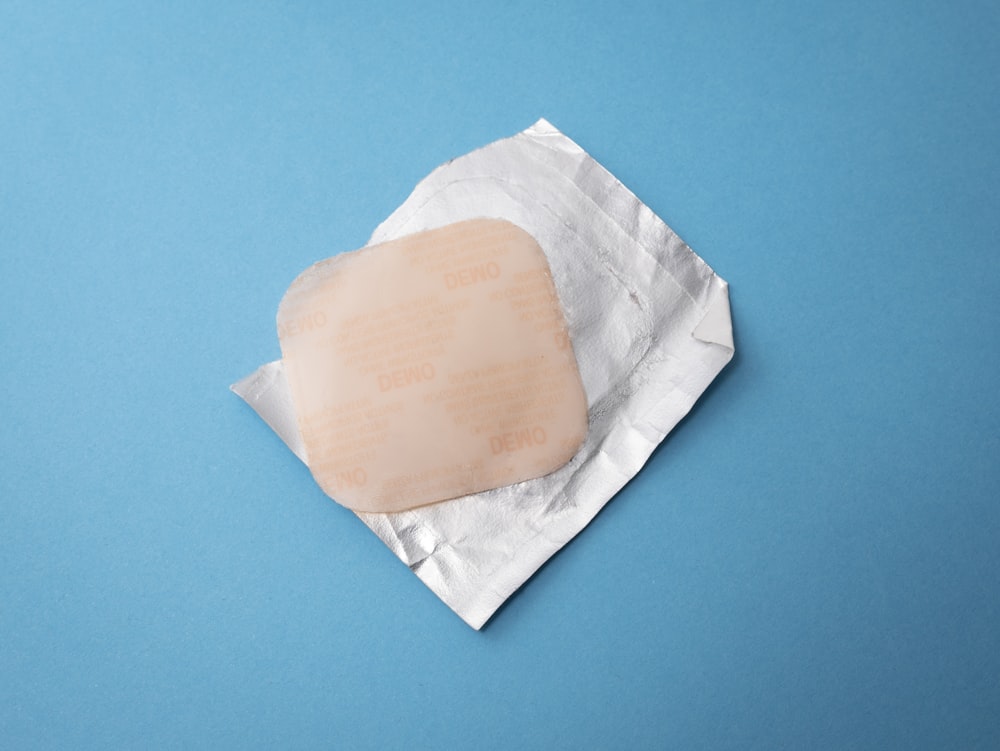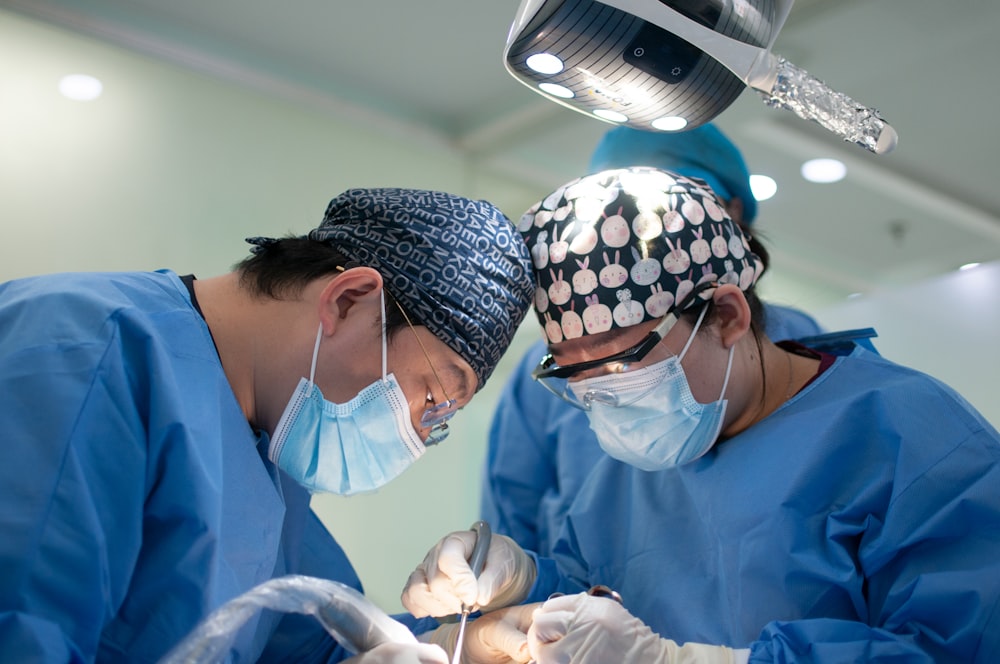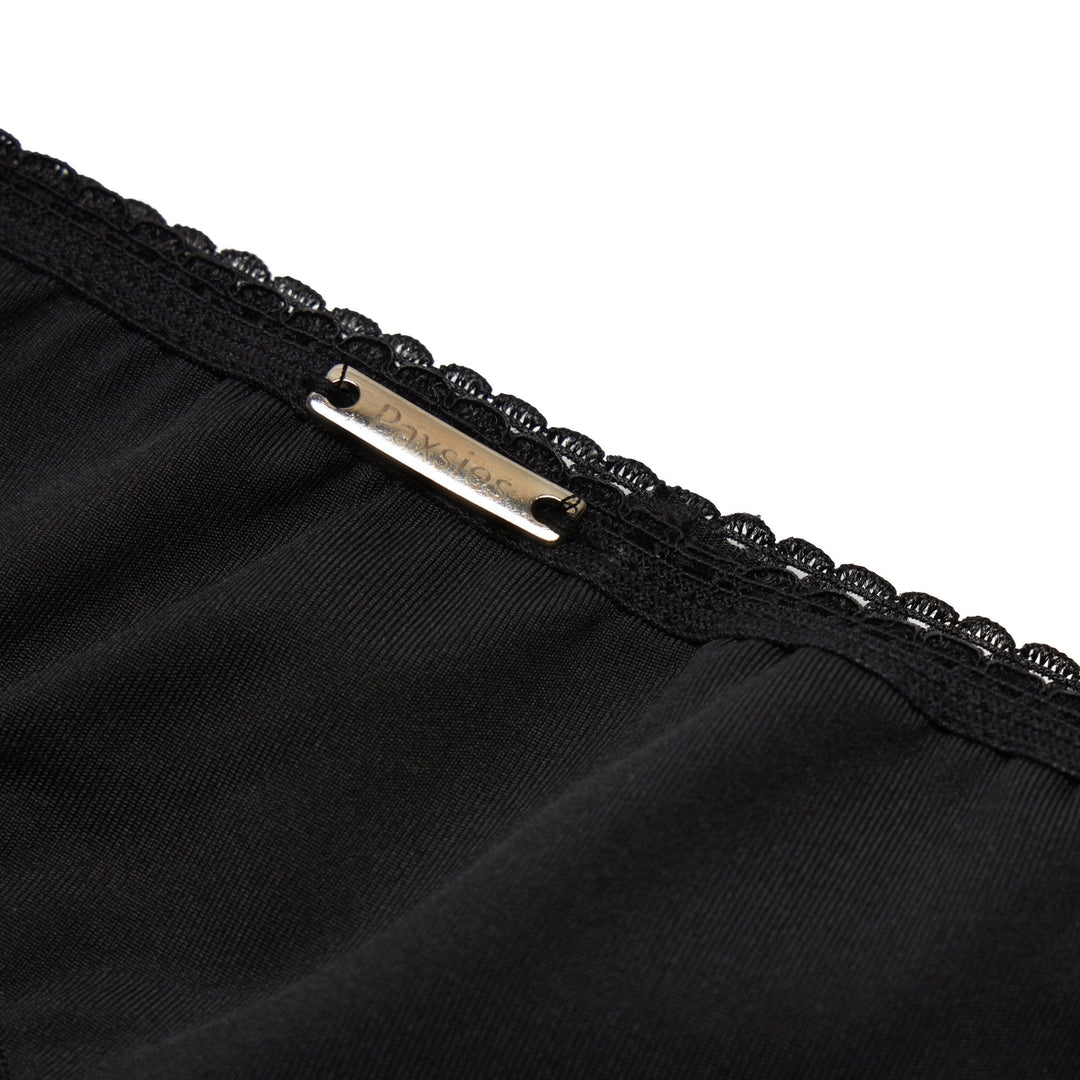MTF Transgender Transition Timeline
Transitioning is often a long and intense process. For many, the transition may take years to complete. Still, change is the only constant, and living your authentic truth is a beautiful journey. In this article, we'll talk you through details of a typical MTF transition timeline. From hormone therapy to voice training, to top and bottom surgery and everything in between!
The MTF transition journey is very a personal one, and each person decides which steps they want to undertake, and when to do it. Remember, no matter what you choose to do, you’re valid, and if for any reason something doesn’t feel right for you, it doesn’t make you any less of a woman.
Social Transition
For many people who fall under the transgender umbrella, the first step into embodying their authentic identity starts with a social transition. For transgender and non-binary people, this often begins with exploring your gender identity. For many trans people, this can be a hard first step. It’s important to remember that there are people around you that can support you through this journey, and often, speaking to a therapist that specializes in gender can help you.
The next step is coming out. This, too, can be a huge source of anxiety for a lot of people. Don’t feel any pressure to come out to everyone at once! Many people opt to come out in stages, often starting with friends and family, or wherever they feel is safest. In addition to coming out, trans people can choose to use different pronouns and names that better capture who they are. For trans women and transfeminine people, this often means using she/her pronouns in place of he/him pronouns. It’s important to respect everyone’s pronouns. In fact, it’s one of the easiest ways you can support the trans people in your life!
Along with these big steps, trans women and transfeminine people will often start expressing their gender identity outwardly, particularly through their clothing, hair, makeup, and other methods such as tucking and non-surgical breast enhancement.
Hair removal
For many trans women and transfeminine people, hair removal is considered an important part of their transition. The presence of unwanted hair on the face and the body can be distressing for many, so the need for safe and effective methods for hair removal becomes apparent. Luckily, there are a number of hair removal methods that are uniquely suited to each person’s needs and preferences!
While hormone replacement therapy (HRT) naturally helps with the hair removal process because of increased levels of estrogen in the body, it's still worth considering these alternatives, which often show fast results. Some of these methods include laser hair removal, electrolysis, waxing, shaving, and epilating creams. Each of these methods come with their own advantages and disadvantages, so it’s important to read up on which method is right for you. You can read more about the laser hair removal procedure here.
Hormone replacement therapy (HRT)
Hormone replacement therapy, or HRT for short, is a very important part of the transition process for many people under the trans umbrella, whether they be trans men, trans women, or non-binary. It’s important to remember that some changes undergone during HRT are irreversible. To get accepted for HTR, you are often required to undergo psychotherapy and receive a letter of recommendation from a therapist. This is done to ensure that you have a good understanding of what HRT is, and to ensure that HRT is right for you.
While this varies on a case-to-case basis, HRT medication for people undergoing an MTF medical transition commonly consists of a form of estrogen combined with an anti-androgen. Estrogen is the primary sex hormone responsible for the development of female secondary sex characteristics such as breast growth and a feminine fat distribution pattern. An anti-androgen is a medication that suppresses the primary male sex hormones in the body. This reduces the masculine secondary sex characteristics such as a deeper voice, broad shoulders, body and facial hair, and a masculine fat distribution pattern.
Over the course of HRT, one can expect the following changes:
- Breast development: Just as with cis women, breast growth varies greatly among people. Maximum breast growth is typically observed after two years of continuous HRT.
- Decrease in body hair: Body hair will significantly decrease or in some cases, completely vanish on the arms, legs, abdomen, chest, and shoulders. Facial hair, however, tends not to change too much over the course of HRT (but you can check out the hair removal options we outlined above).
- Skin: Many women on HRT report a change in the texture of their skin, often describing it as softer and smoother.
- Fat distribution: Over time, fat will redistribute towards the hips, thighs, and buttocks, creating a more feminine figure.
- Muscle mass: While this depends on the individual, muscle mass decreases, particularly in the upper body.
- Genitals: testes and penis size will significantly decrease, and their sexual function will be impaired. This could result in fewer erections and ejaculations (however, the ability to orgasm is not dependent on one’s ability to hold an erection or ejaculate).
- Prostate gland: The prostate gland will reduce in size, reducing or completely halting the production of semen.
-
Infertility: Long-term HRT often leads to permanent infertility. You can read more about it here.
Voice training
While HRT brings about a lot of changes, MTF hormone therapy does not raise your vocal pitch. There are, however, many programs and voice training resources that can assist with voice feminization. Through voice training, one can raise the pitch of their voice. However, it’s important to remember that voice training goes far beyond raising vocal pitch. There are a number of other aspects to consider that are tackled during vocal training, such as voice inflection, word choice, body language, coughing, throat clearing, and laughter. A vocal coach, speech therapist, or specialize online programs can guide you through this process. You can learn more about Voice Feminization with Kathe Perez!
Top Surgery
Although HRT induces breast development, trans women and transfeminine individuals have no control over the size and shape of their breast growth. In such cases, breast augmentation surgery or top surgery, is a viable option.
During top surgery, an incision is made into the breast, and saline or silicone breast implants are inserted, depending on the desired result. Generally, slicone implants are firmer, with a smooth surface, resulting in a more natural look, while saline implants are rounder and more fluid-feeling.
Besides the type of implant, there are many other things to consider, from implant placement and size to incision type and location. It’s best to find a qualified surgeon that can help you make the best decision to achieve the best possible result for you!
Bottom Surgery
MTF bottom surgery is often combined with the MTF top surgery to reduce the times one has to undergo anaethesia (and pay for operating room costs). In most cases, the bottom surgery is a combination of several different procedures. First, a penectomy and orchidectomy are done to remove the male genitalia. Second, the labia, vulva, clitoris, and vagina are created using labiaplasty, vulvoplasty, clitoroplasty, vaginoplasty, respectively. Lastly, the urethra is repositioned. The exact approach may differ depending on personal preference and needs, but it's common to use the existing penile and scrotal tissue into the vagina, clitoris, and labia.
After the surgery, it's extremely important to keep consistently dilate the newly created vagina to prevent it any complications. You may use specially designed MTF dilators to do this - we have some in our shop. Generally, doctors advise to start dilating two weeks after the surgery, but it's best to discuss this with your surgeon.
Many wonder whether you can orgasm after undergoing MTF bottom surgery, and the answer is yes! Because the penile tissue is used to create the clitoris, it retains its high sensitivity, and most trans women and transfeminine people can achieve amazing orgasms through clitoral stimulation.
In many cases, the results of MTF bottom surgery is nearly indistinguishable from a cis woman's vagina. To get an idea of the results of MTF bottom surgery, you can check out this website. Be advised - this includes graphic content!
Body Feminization Surgeries (BFS)
For some trans women, HRT alone is not enough to achieve the desired feminization results. In those cases, body feminization surgery (BFS), . Body feminization surgeries (BFS) are in essence, any surgery that aims to feminize body contours to achieve one’s desired figure. These surgeries include facial reconstruction surgery to create a more feminine facial profile, liposuction, and buttock augmentation. These feminization surgeries can often be performed in addition to the procedures described above.
It's important to note that BFS is not a substitute for a healthy lifestyle. These surgeries are best performed on trans women and transfeminine individuals that are very close to their desired body shape. Ideally, they have developed adequate muscle tone and have minimal excess skin.
Conclusion
Keep in mind that each transition is unique. For many trans women and transfeminine people, it's difficult to start a social MTF transition before any of the other transition stages have been completed. Unfortunately, there are still places that do not provide adequate protections for trans individuals, and society at large still lacks understanding of trans people and their experiences. In some places, access to trans healthcare, including hormones and surgeries, is limited.
The transition process comes with its ups and downs, and it is extremely important to have a solid support system to help you through it. Check locally for any trans support groups in your community, and if you feel none of them are right for you, the internet is a great place to find like-minded people that share your experience. If you or someone you know is transitioning or considering transitioning, you can find great resources on our blog and on other sites across the internet. Transgender Map is a great source of information for transgender people!
As always, remember, it's what’s on the inside that counts!
Sources
Author Unknown. Hair Removal Options. [online] Gender Confirmation Center by Dr. Scott Mosser. Available at: https://www.genderconfirmation.com/hair-removal-options/
Author Unknown., 2020. MTF Breast Augmentation 101 – Everything You Need to Know. [online] MTF Surgery.net. Available at: https://www.mtfsurgery.net/mtf-breast-augmentation.htm
Author Unknown. Transfeminine Bottom Surgery. [online] University of Utah. Available at: https://healthcare.utah.edu/transgender-health/gender-affirmation-surgery/vaginoplasty.php
O’Mara M. Effects of Male to Female Hormones - HRT MTF Hormone Effects. [online]. Michelle O’Mara. Available at: https://micheleomara.com/feminizing-hrt-for-male-to-females/
Wesp L.M., Deutsch M.B., 2017. Hormonal and Surgical Treatment Options for Transgender Women and Transfeminine Spectrum Persons. Psychiatr. Clin. North Am. 40 (1): 99–111











